Forget about office holiday parties or the usual Saturday nights at the club; we’ve discovered an even better reason to get dressed up. Everywhere you look lately—New York, California, London, Cologne—lesbians of all ages, sizes, races and nationalities have been donning their dashing custom-made suits and slinky gowns to attend or participate in an entirely new, or at least previously little known, lesbian-centric phenomenon.
Same-sex ballroom dancing has officially arrived. And let there be no mistake: This cultural milestone is decidedly not just for the boys. There are three times as many lesbians as gay men involved in the same-sex competitive dancing community. There are hundreds of women who are instrumental and even landmark figures in the same-sex competitive dancing world, and the fervor is sweeping LGBT communities and localities across the country and internationally. For those who don’t know your salsa from your two-step, here’s a little background on how the real-life, girl-on-girl So You Think You Can Dance? is fast becoming the hottest thing since Shane and Carmen.
Competitive ballroom dancing is a sport in which partners (for our purpose, same-sex partners) enroll in tournaments where judges rate their prowess at executing 10 specific types of dance forms: International Waltz, Foxtrot, Quickstep, Tango, Viennese Waltz, Cha-Cha, Rumba, Jive, Samba and Paso Doble, plus Latin competition dances. These dance competitions or tournaments are in every sense performances: They are grand and spectacular affairs, at which hundreds or even thousands of participants flock to watch formally dressed and elaborately rigged contestant pairs compete for the glory of first place. Though they are by all accounts a blast to attend, both contestants and audience take these events very, very seriously. They are athletic competitions on par in seriousness and in structure with some Olympic events.
The Gay Games first featured same-sex ballroom dancing in 1994, when Gay Games IV held an informal event at NYC’s Roseland. Four years later at the Gay Games V in Amsterdam, same-sex dancing was included as an official athletic event. The house was packed.
Beyond the Gay Games (which were technically on foreign soil) there were, however, no national same-sex ballroom dance competitions in the U.S. until the late 1990s.
By the end of the decade, gay ballroom dancing clubs and classes began springing up, particularly in and near the Bay Area and in locales as far away as Sydney and London. National and international same-sex competitive ballroom organizations came soon after, and the Gay Games continued to represent the field; ballroom was included in Gay Games VI & VII, Sydney and Chicago respectively, and in the 2006 Montreal Outgames.
One gay sports writer, Cyd Ziegler, Jr., reported almost breathlessly on Outsports.com about the lesbian ballroom dancers he saw compete in the August 2006 Outgames: “When I was at the swimming venue, one of the swimmers told me I had to go to ballroom dancing, that she had been the day before, and that it moved her to tears. I kind of chuckled to myself at that, thinking it couldn’t possibly be as she was painting it.
“I was wrong. An hour after I spoke with her, I was on the side of the dance floor as a gorgeous pair from Cologne, dressed to the nines in all white, came onto the floor. As they started dancing to the slow, soft music they had chosen as their introduction, flashing under the golden lights as they passed under them, I too started tearing up. For some reason, all of the struggle for rights that we have been going through around the world, and the idea of these two women simply being caught up in the moment together without another thought passing through their minds, moved me. I’m going to try to see the men’s event before the end of the week to see if two guys in tuxedos can do what two women in dresses do for me.”
In 2007, the North American Same-Sex Partner Dance Association (NASSPDA), which stresses female membership as an important part of its charter, was formed. Lesbian ballroom dancers had a strong presence at the first NASSPDA meet in New York City in August 2007. Another event called “April Showers” attracted scores of female competitors in 2008 and again in 2009 at its high-profile California event, and even more women plan to compete at the next “April Showers,” to be held in California in 2010. In November 2009, the “California Dreaming” competition drew a record number of lesbian competitors from across the U.S. and the world. Upcoming events, including the July 2010 Gay Games VIII in Cologne and the 2014 Games in Cleveland, promise to draw even more gay women competitors if the current buzz is any indication.
Slowly but surely, women are coming out in greater numbers to dip their feet into the competitive dancing well, so to speak. Many start as casual dancers who join clubs to pursue a hobby or make new friends and gradually transform into serious competitors.
For Victoria Leach, who, with her dance and life partner Yvonne, won the Gold in the seniors (over 35) Latin, and were finalists in the 10 Dance at the recent Outgames in Copenhagen, the introduction to lesbian ballroom dance was “completely against my will. Two friends of mine hauled me off to a dingy pub in Kings Cross, [London] to watch the weird lesbians who danced with each other.” Victoria and her friends, non-dancers all, thought that it was hilarious to poke fun at the partner dancing. “But I found myself absolutely entranced by the expressions of joy and excitement in the faces of the dancers. They were having an absolute ball. After three weeks of losing my nerve and chickening out of it, I finally managed to get myself off to the pub to try out the ballroom lessons, and the rest, as they say, is history.”
WHAT exactly is so alluring about lesbian competitive dance? Besides the obvious factor that two women dance together as partners, (hello?!), there is something very significant going on at each competition: When two women dance together, the usual heterosexual demarcations of “male” and “female” are thrown up into the air for participants to interpret and recreate as they please.
In male-female dance, as in male-female relationships, the dancer’s roles are (usually) pre-assigned and pre-assumed, rather than up for grabs. In lesbian dance competitions, however, as in lesbian life, each woman chooses and radiates her own interpretation of gender as she pleases in the partnership pair. This might for one couple mean embracing traditionally “male” and “female” stylings, such as clothing choices, hair style and length, gestures, mannerisms, etc., while for a different pair of women, the gender stylings might be less polarized, more muted and eclectic. Think of your favorite lesbian bar: Looking out onto the dance floor on any given night, you may see obvious butch-femme partners as well as femme-femme and butch-butch pairings, and every imaginable alternative in between.
J. Ellin Grainer, writing in the November 2006 Gay & Lesbian Review Worldwide, offered this analysis of same-sex competitive dance after viewing the sport at the Chicago Gay Games and the Montreal Outgames. “I saw considerably more sartorial variety in the same-sex ballroom arena [than in the heterosexual one]…. Some female dancers wore traditional Standard gowns or Latin spandex dresses, partnered with women in tuxes or Latin’s omnipresent form-fitting black pants. In certain cases, the costume choice corresponded to the part danced (the woman in the tux danced as “man”). More often, however, couples…selected (nearly) identical costumes, distinguishing themselves from other pairs by elements of color, cut, or the placement of rhinestones.”
Beyond the provocative stylistic expressions of gender and the complete hotness factor of two women literally sweeping each other off their feet, some lesbian competitive dancers are drawn to ballroom by the very public nature of dance competitions, which they find both exciting and liberating. Take Caroline Privou and Petra Zimmerman of Cologne Germany, partners in dance and in life. The two report that they have always been interested in sports. They also love to dance and do things together—thus, “Ballroom dancing just seemed perfect!” They have found that in addition to a fun hobby, dancing together gives them each an intense emotional charge, as it allows them to movingly express their very private feelings for each other in public. Same-sex dancing, they say, “makes gay and lesbian couples very visible while, at the same time, creating a feeling of total togetherness that can’t be described in words.”
So don’t be a wallflower—after reading this, head directly to your local gay community center or nearby dance studio so you too can join the action-packed, adventurous world of lesbian competitive dance. Who knows—you might even get lucky and meet a more-than-dance partner!
Competitive Same-Sex Dance Resources:
National Ballroom Organization & Events:
NASSPDA, North American Same-Sex Partner Dance Association
www.nasspda.org
International Ballroom Events:
ESSDA, The European Same-Sex Dance Association
www.essda.eu
NYC-Based LGBT Ballroom Dance Group
http://groups.yahoo.com/group/OUTdancing/summary

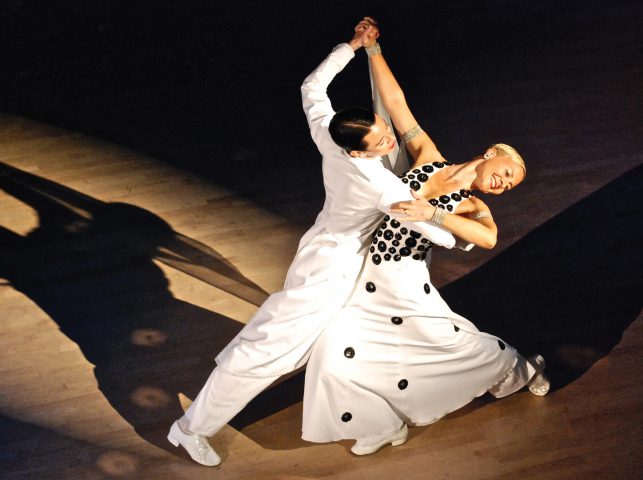
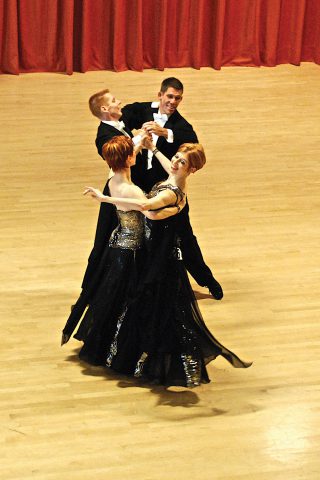
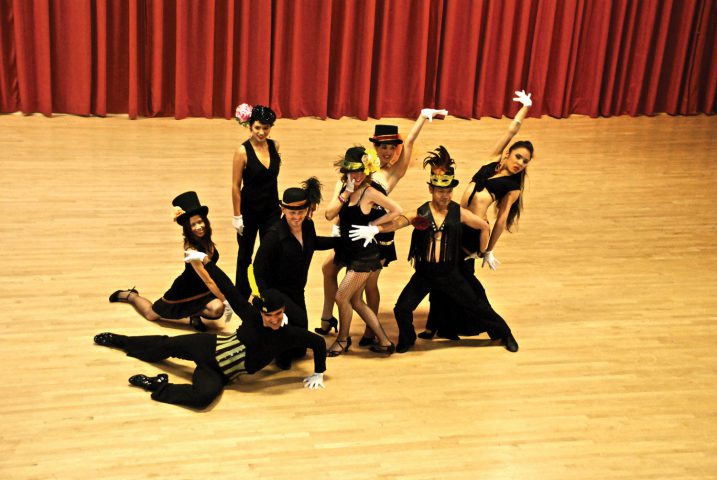
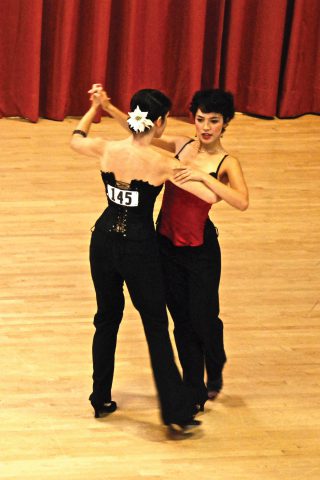
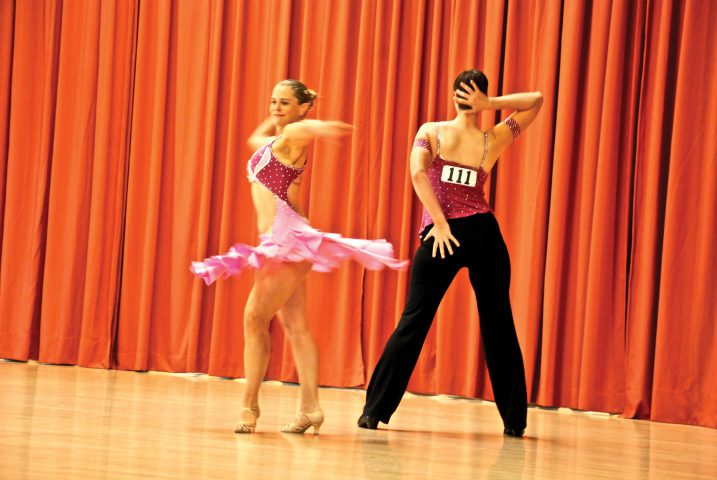
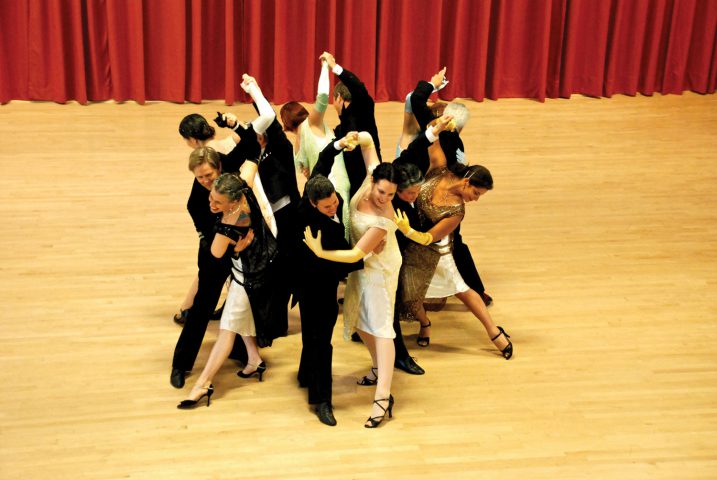

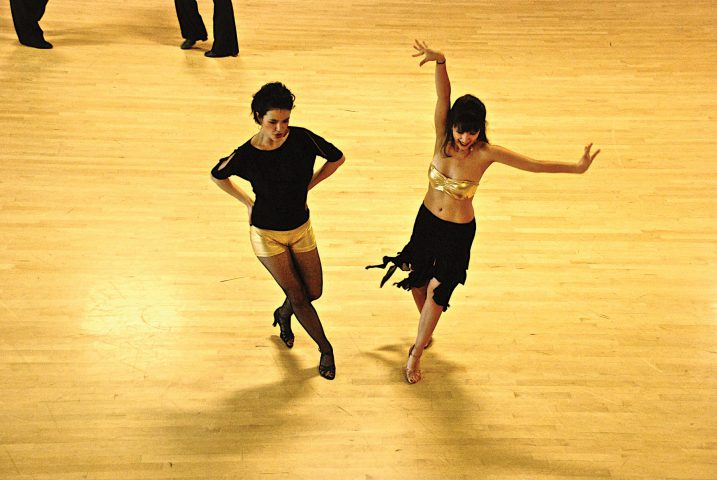

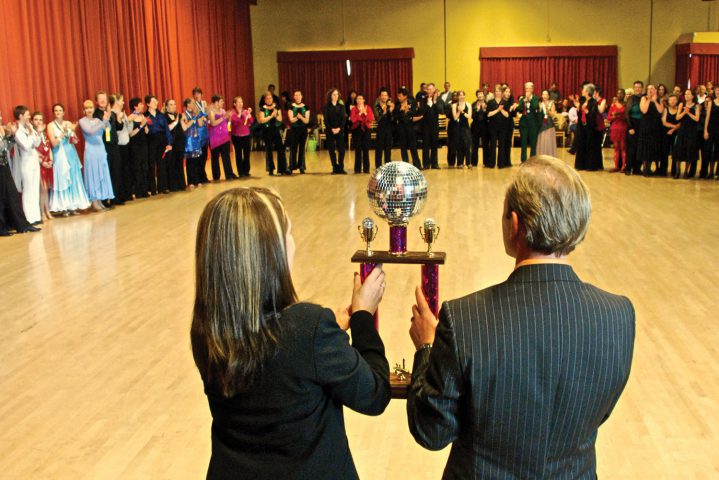
What Do You Think?